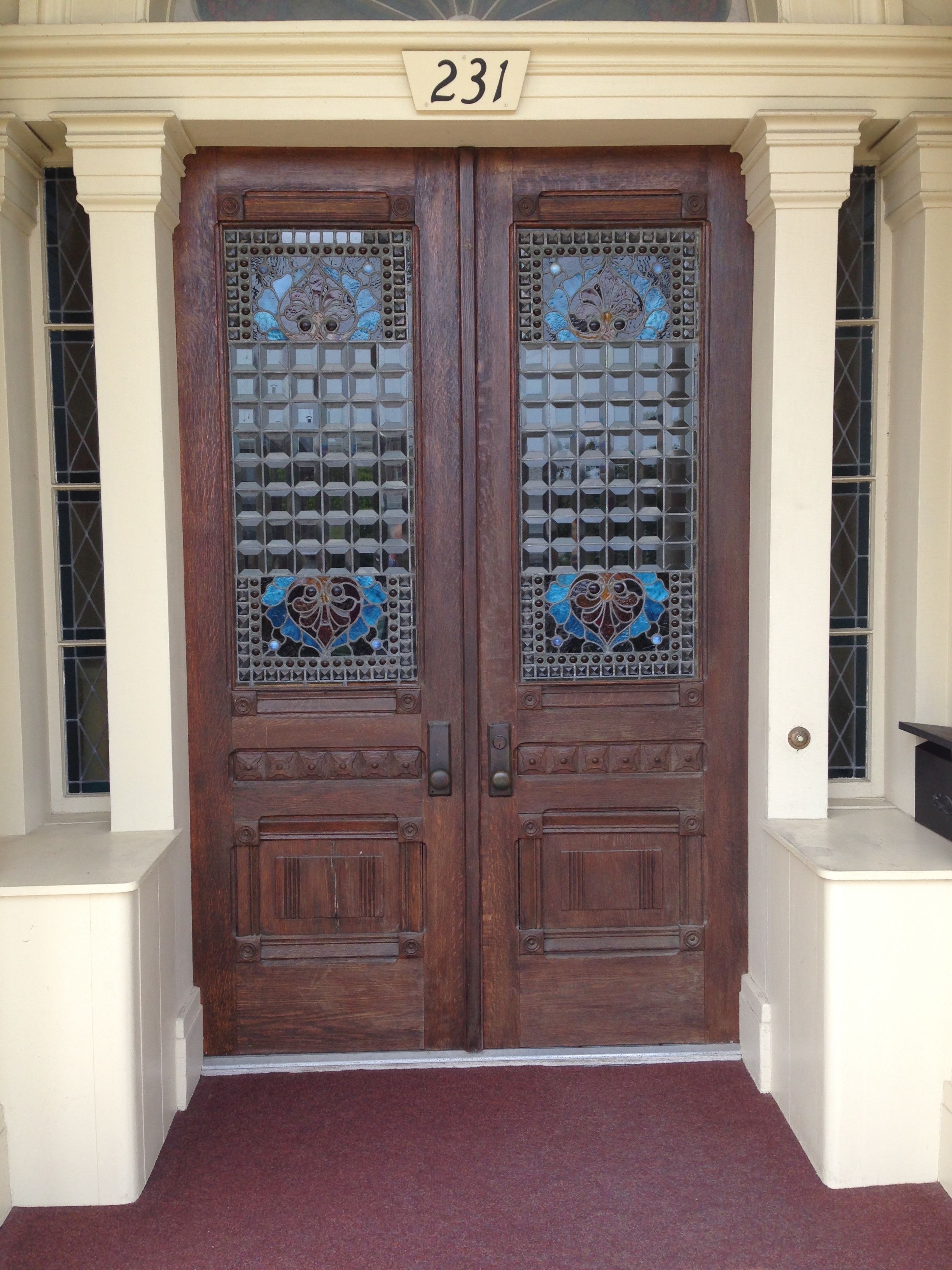Encyclopedia Dubuque
"Encyclopedia Dubuque is the online authority for all things Dubuque, written by the people who know the city best.”
Marshall Cohen—researcher and producer, CNN
Affiliated with the Local History Network of the State Historical Society of Iowa, and the Iowa Museum Association.
FREUND, Anton A. "Tony": Difference between revisions
No edit summary |
No edit summary |
||
| Line 1: | Line 1: | ||
Ancestry: https://www.ancestry.com/family-tree/person/tree/7401968/person/6522394667/facts?_phsrc=TrL4030&_phstart=successSource | |||
[[Image: | [[Image:aafreund.jpg|left|thumb|250px|]]FREUND, Anton A. “Tony" (Dickeyville, WI, Dec. 22, 1895--Dubuque, IA, Aug. 18, 1979). Freund, employed as a cabinet maker for the [[BRUNSWICK-BALKE-COLLENDER COMPANY]] in Dubuque, saved the priceless oak and leaded glass doors found today on the cathedral rectory. The ornate doors were originally part of the Cooper-Waller mansion. Later owned by [[NAGLE, Joseph J.|Joseph J. NAGLE]], the house was demolished in the 1930s for construction of the present post office. The doors, weighing hundreds of pounds, were about to be taken to the landfill when Freund purchased them for five dollars. (1) | ||
At the time of his retirement, Freund was a cabinetmaker at [[MOUNT CARMEL MOTHERHOUSE]]. He utilized those skills in 1933 as the stage carpenter for the Le-Ah-Par Players. (2) He was a member of the Dubuque County Association for Retarded Citizens, Dubuque Men's Association, and the St. Raphael's Men's Association. (3) | [[Image:bdoors.jpg|left|thumb|250px|]]At the time of his retirement, Freund was a cabinetmaker at [[MOUNT CARMEL MOTHERHOUSE]]. He utilized those skills in 1933 as the stage carpenter for the Le-Ah-Par Players. (2) He was a member of the Dubuque County Association for Retarded Citizens, Dubuque Men's Association, and the St. Raphael's Men's Association. (3) | ||
He was the father of [[FREUND, George|George FREUND]]. | He was the father of [[FREUND, George|George FREUND]]. | ||
Latest revision as of 01:07, 27 November 2021
FREUND, Anton A. “Tony" (Dickeyville, WI, Dec. 22, 1895--Dubuque, IA, Aug. 18, 1979). Freund, employed as a cabinet maker for the BRUNSWICK-BALKE-COLLENDER COMPANY in Dubuque, saved the priceless oak and leaded glass doors found today on the cathedral rectory. The ornate doors were originally part of the Cooper-Waller mansion. Later owned by Joseph J. NAGLE, the house was demolished in the 1930s for construction of the present post office. The doors, weighing hundreds of pounds, were about to be taken to the landfill when Freund purchased them for five dollars. (1)
At the time of his retirement, Freund was a cabinetmaker at MOUNT CARMEL MOTHERHOUSE. He utilized those skills in 1933 as the stage carpenter for the Le-Ah-Par Players. (2) He was a member of the Dubuque County Association for Retarded Citizens, Dubuque Men's Association, and the St. Raphael's Men's Association. (3)
He was the father of George FREUND.
---
Source:
1. Interview with George Freund
2. "Le-Ah-Par Players Score Hit in Farce," Telegraph-Herald and Times-Journal, April 28, 1933, p. 7
3. Interview



